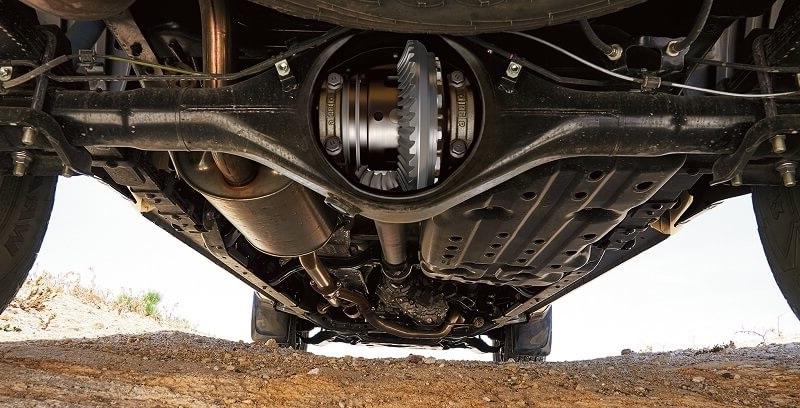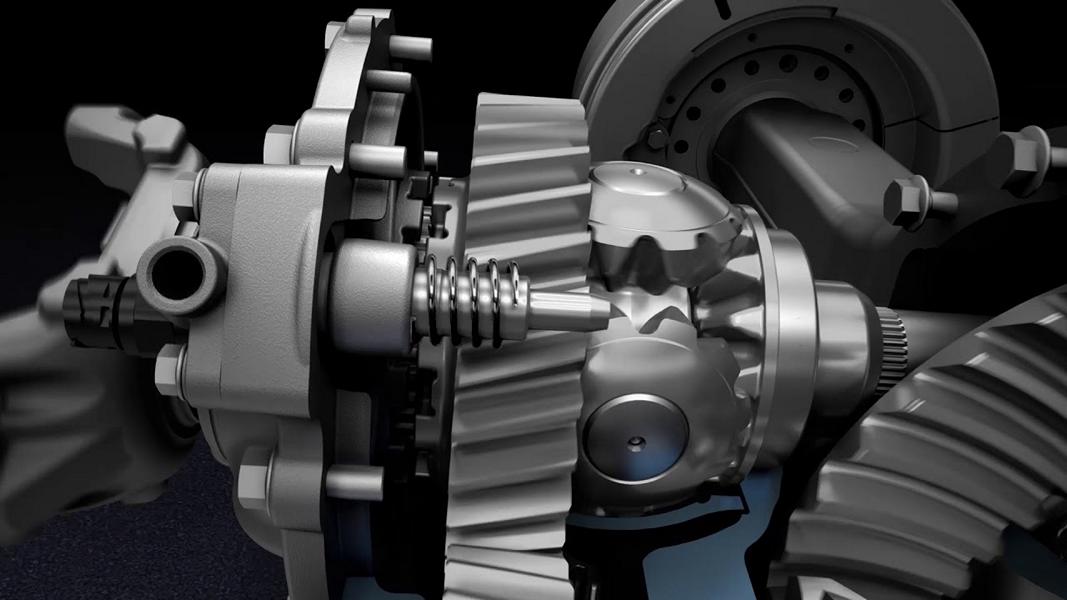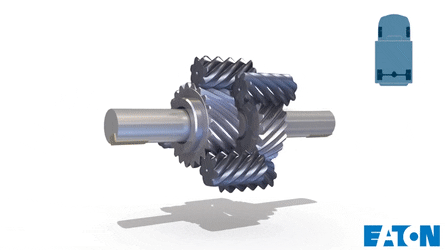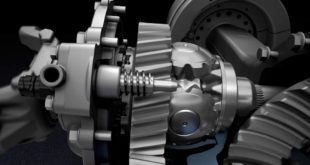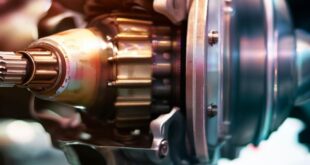The Limited slip differential, also known as Self-locking differential gear, is a key component in modern cars that enables optimal power transfer and improved traction in various conditions. By advancing traditional differential gears, the limited-slip differential can distribute torque more efficiently between the vehicle's wheels, especially when one wheel tends to spin. The technology is crucial to getting the power to the road, especially on slippery or uneven surfaces. A normal one differential gear already provides a certain amount of frictional torque between the wheel shafts, but if the road is slippery on one side, this is often not enough. A wheel with low traction would almost do that in this case total torque preserved while the wheel has good traction hardly any driving force could contribute.
Function of the differential lock!
Here comes that Limited slip differential into play: It can be the wheel shafts rigidly coupled with each other oder durch mechanical, liquid based or electronic systems direct increased torque to the wheel with better grip. Especially in Commercial vehicles and vehicles designed for use on difficult terrain or in agricultural areas, the differential lock is often used. It can often be activated manually to drive both wheels evenly, but that Drive curves difficult. This is in contrast to this Limited Slip Differential in cars, which has a continuous, load-independent stiffness in order to offer a balanced torque even in slippery conditions. By the way, they are also a solution Torsen differential gear, which are based on mechanical friction in helical gears, as well as systems that rely on fluid friction in viscous couplings or mechanical friction between sliding blocks and cam disks.
What is the no spin differential?
The No-spin differential from EATON is a special form in which the drive axles are firmly connected by claw couplings in order to allow the outer wheel to run faster when cornering. Despite the many advantages, simple limited slip differentials also have Disadvantages. Mechanical wear and tear can reduce efficiency over time and compatibility with systems such as the Anti-lock braking system (ABS) or ESP may be restricted. They also react sensitively to tires with different rolling circumferences, which leads to increased wear and tear Understeer can result when cornering. Locking differentials Incidentally, the behavior of the vehicle also changes in relation to this Yaw moment, which can be a challenge on vehicles with a front or rear axle locking differential.
There is therefore often a lower one on the front axle Blocking value chosen to increase comfort while with rear axle locking differentials one-sided smoothness can lead to a yaw moment that the driver has to endure Countersteering must balance. Overall, the limited slip differential is definitely one essential technology for improving the driving dynamics and Safetyby providing an optimal Driving force distribution and an improved one Traction possible under different conditions. The further development and integration into modern vehicles underlines the importance of the technology for today's and future mobility.
Key facts on the subject of limited slip differentials
- Limited slip differential / self-locking differential gear: Transmits increased torque to the wheel with better grip.
- Normal differential: Works with low friction torque between wheel shafts, often insufficient on slippery roads.
- differential lock: Can be activated manually, rigidly couples wheel shafts, makes cornering more difficult.
- Self-locking differential in cars: Includes load-independent stiffness for slightly increased torque in slippery conditions.
- terms:
- Differential / differential gear: Planetary gear with stationary ratio i0 = –1.
- Open differential: without locking device.
- differential lock: 100% locking effect, wheels rotate at the same speed.
- Limited Slip Differential: With increased friction resistance, torque split 50%:50%.
- Axle/cross differential: for speed compensation between wheels on an axle.
- Longitudinal/central/center lock: For speed compensation between two axes, torques often in a ratio of 40%:60% or 33%:67%.
- feature: Minimum drive torque for each wheel, allows different speeds.
- Mechanical solutions: Friction clutches, helical gears, sliding blocks/cam disks, fluid friction in viscous couplings.
- No-spin differential from EATON: Claw coupling firmly connects drive axles to the middle drive part.
- Fixed value lock: Allows wheels to rotate with constant, load-independent stiffness, friction clutch connects output shafts to differential cage.
- Load-dependent self-locking differentials: Locking effect automatically generated by load, e.g. B. Torsen limited slip differentials.
- Speed-dependent self-locking differentials: Locking effect depending on speed difference, e.g. B. Viscous couplings.
- Torque Bias Ratio (TBR): Ratio of the larger moment to the smaller moment, range 1 … ∞.
- Blocking value (S): Describes maximum difference in torque, range 0 ... 1 (or 0% ... 100%).
- Disadvantages of simple limited slip differentials:
- Mechanical wear on variants with friction disks.
- Separating clutch or freewheel is often necessary for ABS/ESP compatibility.
- Sensitive to tires with different rolling circumferences.
- Can lead to increased understeer when cornering.
- Asymmetrical distribution of the axle drive force: Can create yaw moment with limited slip differentials, may require countersteering.
- Front axle locking differential: Difference in traction can be felt on the steering wheel, usually low locking value for comfort.
- Rear axle locking differential: One-sided slipperiness can lead to yaw moment and turning of the vehicle towards the slippery side.
thematically relevant posts
In our category Tips, products, information & Co We have reviews of car or accessories manufacturers, new ones Tuning Wiki Terms or one or two leaks published.
|
More grip with a differential lock / limited slip differential |
Differential defective – an overview of the typical causes of problems! |
 tuningblog.eu Your magazine about tuning the car
tuningblog.eu Your magazine about tuning the car
